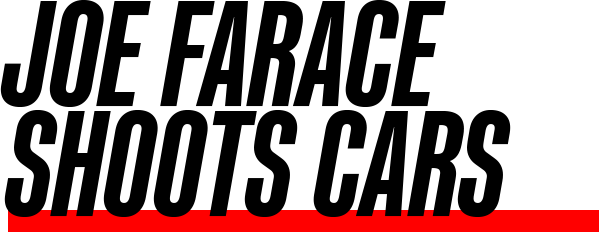Today’s Post by Joe Farace
 Photographing race cars can be a challenge no matter what kind of camera you use. Most people think that all they need are high ISO’s, fast shutter speed and a long lens with a large aperture aka “big glass.” Toss in a high frame-per-second continuous shooting mode and with a little practice you too can make great-looking photographs of fast-moving cars. Maybe, maybe not. That’s the kind of advice that makes me crazy. My feelings are that you can photography anything you want using whatever gear you have as long as you’re aware of its capabilities and limitations.
Photographing race cars can be a challenge no matter what kind of camera you use. Most people think that all they need are high ISO’s, fast shutter speed and a long lens with a large aperture aka “big glass.” Toss in a high frame-per-second continuous shooting mode and with a little practice you too can make great-looking photographs of fast-moving cars. Maybe, maybe not. That’s the kind of advice that makes me crazy. My feelings are that you can photography anything you want using whatever gear you have as long as you’re aware of its capabilities and limitations.
You can always stake out a location, use a fast shutter speed and stop the car—dead—on the track, but that makes it look as if it were parked, not doing 160mph. So use the race car’s practice times to practice your panning skills. Keep both eyes open so you can see the car coming and frame the car before snapping the shutter. Follow the car with your camera until it’s where you want in the viewfinder, tripping the shutter as you continuously pan the camera. Don’t stop panning until after you click the shutter! Follow through maintaining a smooth motion so the camera isn’t jerked at the end of the exposure to ruin the effect. Some race photographers prefer to shoot panning shoots using manual focus. (I wish I could,) As you get more experienced you can lower the shutter speed to increase background blur and shooters that photograph drag races use shutter speeds as low as 1/15 sec or even slower to create “jiggle shake” that adds to the ground-shaking effects that Top Fuel Dragsters or Funny Cars produce.
 Cars moving toward you are a different story and fast, accurate autofocus lets you capture sharp images on tracks, such as Laguna Seca’s aptly-named “Corkscrew,” where not only are the cars slowing for twists and turns but it provides a place where slow-moving cars can be overtaken by faster ones, which it turn provides opportunities for you to make photographs involving more than one car.
Cars moving toward you are a different story and fast, accurate autofocus lets you capture sharp images on tracks, such as Laguna Seca’s aptly-named “Corkscrew,” where not only are the cars slowing for twists and turns but it provides a place where slow-moving cars can be overtaken by faster ones, which it turn provides opportunities for you to make photographs involving more than one car.
For some of the other tight places on the track, I use high shutter speeds, such as 1/2000 sec to capture action that is obvious in the car’s position relative to one another.
Whatever you do, use practice time to stake out these spots to find out where you want to be during race day. Some car shooters use manual focus in these places as well or select the main, center AF point, for autofocus, but I used the old fill-the-frame rule and let the camera take care of autofocusing.
 If you enjoyed today’s blog post and would like to treat Joe to a cup of Earl Grey tea ($2.50), click here. And if you do, many thanks.
If you enjoyed today’s blog post and would like to treat Joe to a cup of Earl Grey tea ($2.50), click here. And if you do, many thanks.
Along with photographer Barry Staver, Joe is co-author of Better Available Light Digital Photography is available from Amazon for $21.50 and used copies starting at around eight bucks as I write this.
